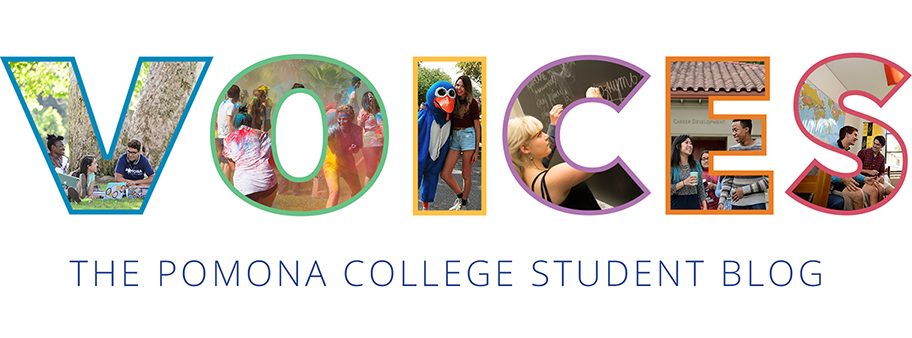Having lived in Claremont for four months now, I find it easy to be “stuck” in our comfortable “Claremont bubble”, whose tranquil cafés, bakeries, and froyo shops have become lovely weekend escape spots. Luckily, I got to explore the surrounding communities, largely through contradance!
Contradance is a form of partnered folk dance whose origin can be traced back to 17-Century England and France. Couples dance in two facing lines in groups of four that resemble a matrix structure. (My fondness of the English country dance in the film “Pride and Prejudice” previously led me to do a maths project on its matrix structure.) However, as someone who is inexperienced in dancing, I didn’t think that I would actually contradance myself, and certainly not on the West Coast of the United States, where contradance is rarely even heard of.
“If you can walk and smile, you can contradance”. I was given those words of wisdom as a local high school teacher offered my spibling who lives next door (an New Englander who has been contradancing since he was four) and me a ride to the dance in Anaheim. Kudos to Pomona’s housing overlords, I get to hear his contradance music late into the night at times. When my neighbour learnt my interest in contradance and the English country dance, he told me that there are monthly contradances in the nearby cities La Verne and Anaheim, which are both located within a fair driving distance from the College. By introducing me to the wonderful world of contradance, my friend also opened a window through which I can better understand the local communities, an opportunity that would have been otherwise harder to find.
Apart from naming a few contradance terms, the friendly woman who volunteered to drive us to the dance also shared with us the history of our nearby cities of La Verne, Pomona, and San Dimas, and spoke of her personal background as an American-born Portuguese who enthusiastically embraced contradance a few years ago. “Look straight into your partner’s eyes to avoid dizziness,” she further advised me, citing her own initial discomfort in direct eye contact, which is relatively awkward in Portuguese culture.
Contradance, usually accompanied by a live band and well attended by members of the local community, is elegant and invigorating. Everyone knows each other, and everyone brings food to share. From the past three dances in Anaheim and La Verne, I got to know someone who started contradancing as a treatment for Parkinson’s, and a bearded man who wore a white laced dress and a necklace out of a simple love of “beautiful things”.
For each of those occasions, I brought a book with me. Although I did follow the kind lady’s advice to look into my partner’s eyes to avoid dizziness and found it very helpful, I still felt rather dizzy at times and needed to take a break every now and then. That really reminded me, again, of the novel and film “Pride and Prejudice”: Lizzy loves to read and talks about books when she’s not dancing. Personally, whenever I re-read a book, I tend to associate each chapter with a geographical location where I read the book initially. Now, whenever I reflect on what I read for my critical inquiry class on icons, I unconsciously start picturing those contradances. I really liked reading with the background music, and taking a short break in between turning each page by observing how everyone was dancing. The atmosphere was adorable, for everyone felt a sense of belonging in this friendly contradance community.
Coming from Beijing and Hong Kong, I had rarely talked to my neighbours and had not attended events that would bring together members of the community. It would be too challenging for mega-cities to organize such events, and individuals may not be interested, after all, being culturally work-oriented. Here, however, I have enjoyed experiencing a completely different lifestyle, a way of reconsidering individuals in relation to our communities. Contradance opened a new window into the local communities for me; it now extends far beyond the images conjured by films like “Pride and Prejudice”.
